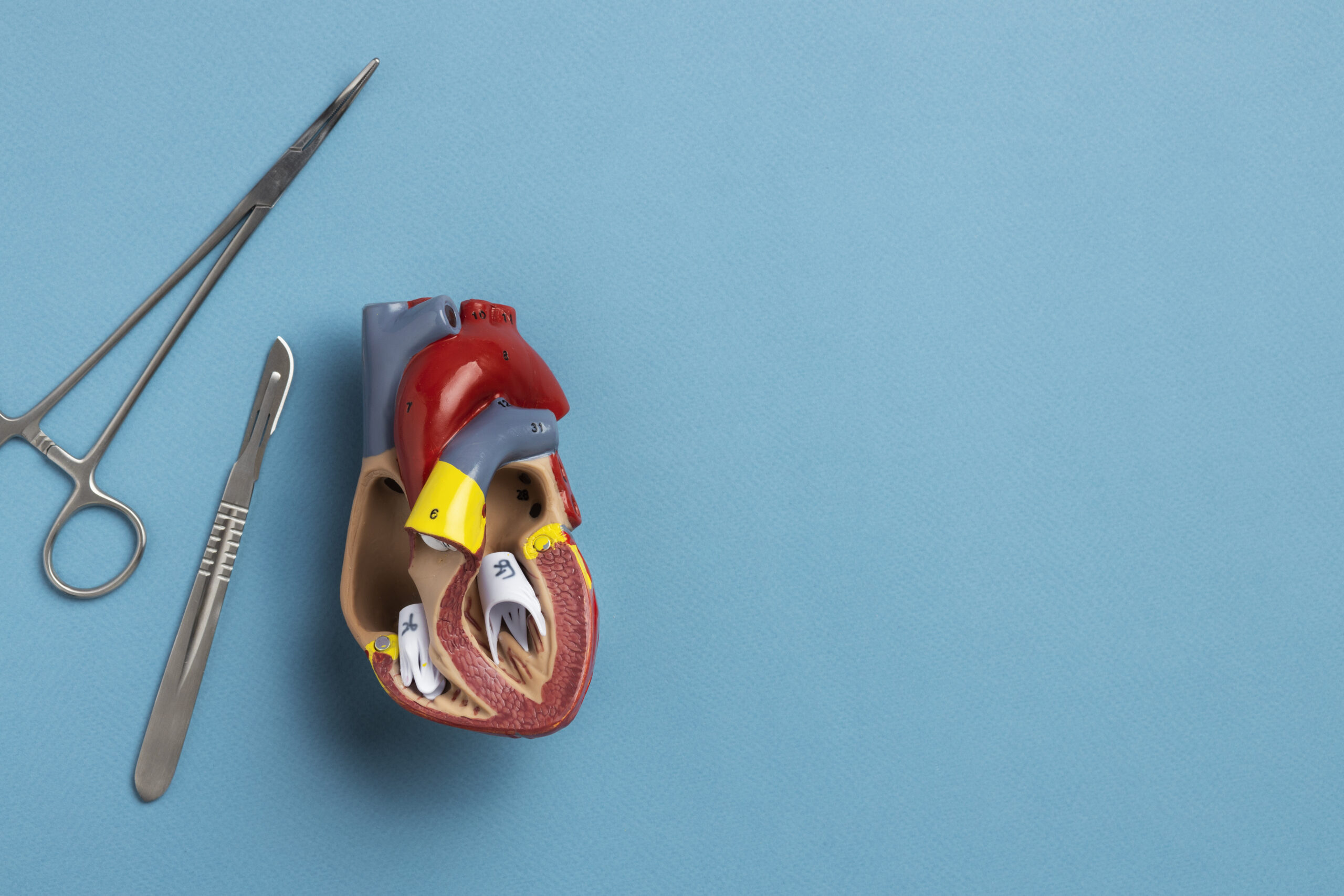Physical Address
304 North Cardinal St.
Dorchester Center, MA 02124
Physical Address
304 North Cardinal St.
Dorchester Center, MA 02124

Heart valve diseases are one of the leading causes of heart-related health issues worldwide. Among the different conditions affecting heart valves, aortic valve stenosis (narrowing of the valve) is one of the most common, particularly in older adults. Traditionally, treating this condition required open-heart surgery, which involves significant risks and a long recovery period. However, thanks to advancements in medical technology, today, there is a less invasive option available: TAVI, or Transcatheter Aortic Valve Implantation. Dr. Hari Krishnan, a renowned cardiologist at Shri Krishnasai clinic, offers this cutting-edge treatment as an alternative to open-heart surgery, providing patients with a safer and quicker recovery.
TAVI is a minimally invasive procedure designed to replace a diseased aortic valve with a prosthetic valve. Unlike traditional open-heart surgery, which requires the chest to be opened, TAVI is performed by threading a catheter through a blood vessel, typically in the groin or chest. This method allows doctors to implant the new valve without the need for a large incision, making it a safer option for patients who may not be candidates for conventional surgery due to age, other health complications, or a weakened heart.
The TAVI procedure is performed by experienced cardiologists like Dr. Hari Krishnan, who specialize in cardiac interventions. With TAVI, patients can experience a shorter recovery time, less pain, and a quicker return to daily activities compared to traditional open-heart surgery.
Aortic stenosis, the condition most commonly treated with TAVI, occurs when the aortic valve becomes narrowed, preventing the heart from pumping blood efficiently to the rest of the body. Symptoms of this condition can include shortness of breath, chest pain, fatigue, and even fainting. If left untreated, aortic stenosis can lead to serious complications, including heart failure, stroke, and death.
For years, the only solution for treating aortic stenosis was open-heart surgery, which involves the removal of the diseased valve and the implantation of a new one. However, many patients, especially the elderly or those with other health concerns, are not suited for surgery due to the risks involved. TAVI provides an option for these individuals, allowing them to receive treatment without the need for open-heart surgery.
Dr. Hari Krishnan and the team at Shri Krishnasai clinic are committed to offering advanced, minimally invasive solutions like TAVI to improve the quality of life for patients suffering from heart valve diseases. By opting for TAVI, patients have access to a procedure that provides similar benefits to surgery but with far fewer complications.
The TAVI procedure typically takes place in a catheterization lab (also called a cath lab) and requires a team of skilled professionals, including a cardiologist, anesthesiologist, and nurses. Here’s a breakdown of how the procedure works:
The procedure generally takes between 1 to 2 hours and is often performed under local anesthesia, meaning patients can avoid the need for more invasive surgical techniques.
TAVI is generally recommended for individuals who suffer from aortic stenosis and are not ideal candidates for open-heart surgery. This includes patients who are:
However, each patient’s suitability for TAVI is assessed on a case-by-case basis, and a thorough evaluation by a cardiologist is required to determine the best course of treatment. Dr. Hari Krishnan and the expert team at Shri Krishnasai Clinic use advanced diagnostic techniques, such as echocardiograms, CT scans, and heart catheterization, to assess the severity of aortic stenosis and determine whether TAVI is the right option.
While TAVI offers many benefits, it is not without risks. Some potential risks include:
It’s essential for patients to discuss the potential risks and benefits with Dr. Hari Krishnan or another qualified cardiologist to make an informed decision.
TAVI is revolutionizing the treatment of heart valve diseases, offering a non-surgical solution that is safer, quicker, and more effective than traditional heart surgery. With the expertise of Dr. Hari Krishnan and his team at Shri Krishnasai clinic, patients can take advantage of this groundbreaking procedure to treat aortic stenosis and improve their heart health. If you or someone you know is suffering from heart valve disease, contact Dr. Hari Krishnan Cardio to learn more about how TAVI can help restore your health and quality of life.